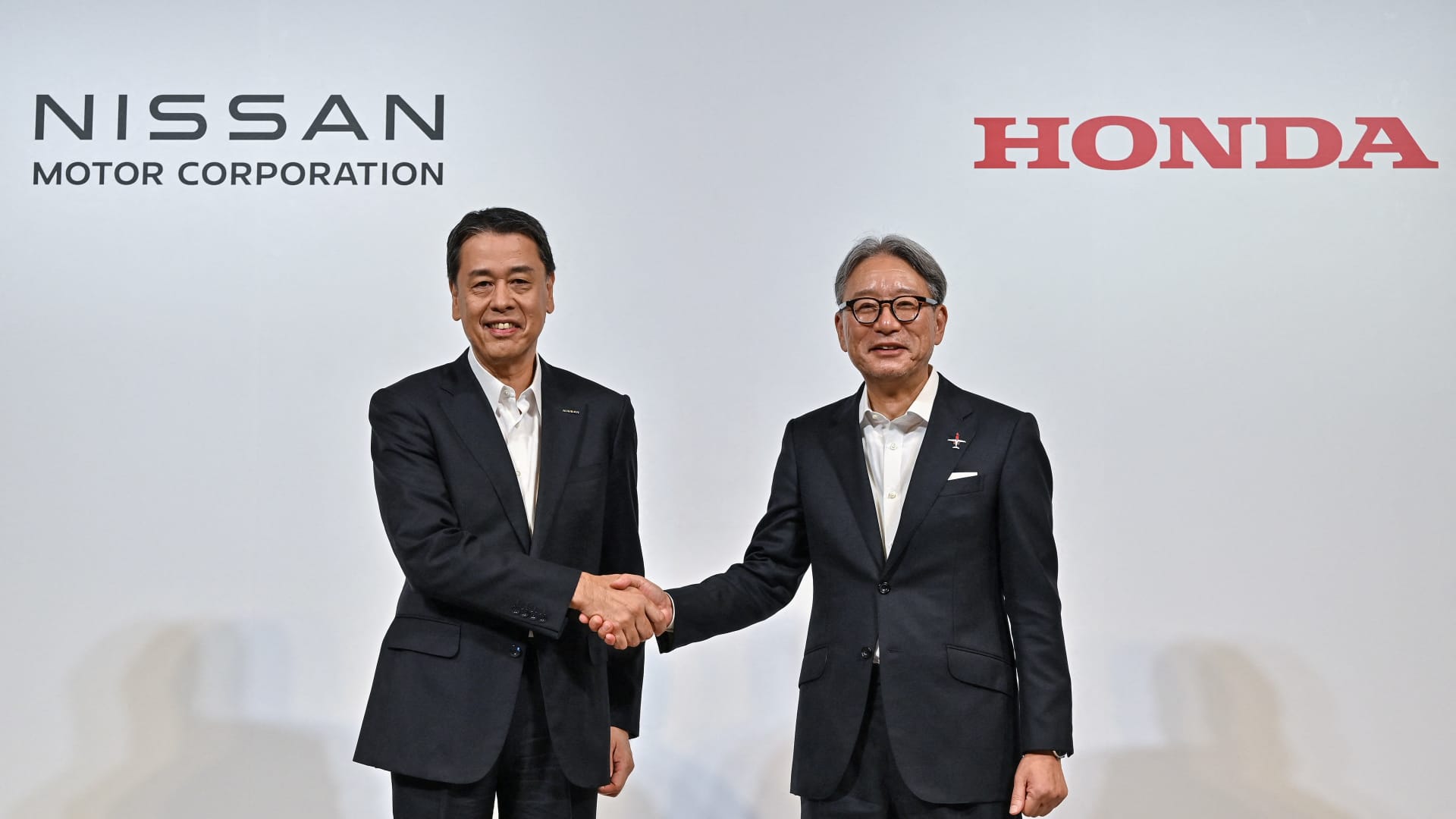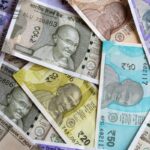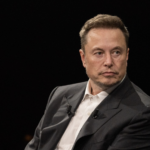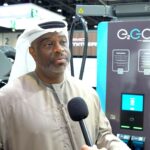Honda has outlined a gradual acquisition strategy for Nissan, signaling a major consolidation in Japan’s auto sector as both companies face mounting pressures in an increasingly competitive global market. The announcement on Monday revealed plans for a joint holding company, slated to list shares by August 2026, with Honda taking the lead in governance by nominating a majority of its directors.
Mitsubishi Motors, partially owned by Nissan, may also join the deal, with a decision expected by the end of January.
Market Reactions
The news prompted mixed reactions in the stock market:
- Nissan shares fell by as much as 7.3% at the Tokyo market’s open on Tuesday.
- Honda shares surged 14.4%, buoyed by an announced ¥1.1 trillion ($7 billion) share buyback plan, representing 24% of its issued stock.
Challenges in China and Beyond
Both Honda and Nissan have struggled to maintain competitiveness, particularly in China, which overtook Japan as the world’s largest car exporter in 2023 and continues to widen the gap in 2024. Chinese manufacturers, led by BYD, are dominating the global electric vehicle (EV) market, leaving foreign brands, including Nissan and Mitsubishi, grappling for survival.
Honda CEO Toshihiro Mibe acknowledged the uphill battle, stating the companies aim to regain competitiveness by 2030.
- Nissan has faced a steep decline in unit sales, exacerbated by rising demand for hybrid vehicles in the U.S., a segment dominated by Toyota.
- Mitsubishi Motors, meanwhile, has significantly scaled back its operations in China.
Synergies and Potential Gains
Honda and Nissan are optimistic about potential synergies:
- Honda CEO Mibe estimated the collaboration could generate billions of yen in incremental operating profit, though he did not provide specific timelines.
- The merger would create one of the world’s largest automakers, though still smaller than Toyota.
However, analysts remain cautious about near-term benefits. Tatsuo Yoshida, a senior industry analyst at Bloomberg Intelligence, noted that while Nissan might receive financial relief, Honda’s immediate gains are likely to be limited.
The Ghosn Legacy and Renault’s Role
Nissan has struggled to recover since the 2018 arrest of its former Chairman, Carlos Ghosn, on charges of financial misconduct. Ghosn fled to Lebanon in 2019 and continues to deny all allegations, accusing Nissan of defamation.
Renault, Nissan’s largest shareholder with a 36% stake, acknowledged the deal talks but emphasized that discussions with Honda are still in early stages. Renault remains committed to its own strategy, including joint projects with Nissan.
Ghosn, speaking from Beirut, described Nissan as being in “panic mode” and criticized its deteriorating performance, noting a 40% decline in unit sales since 2018.
Global Consolidation and the Road Ahead
This merger reflects broader trends in the global auto industry, where companies are consolidating to address the dual challenges of electrification and geopolitical shifts.
- The combined entity aims to leverage Honda’s expertise in hybrid technology to offset Nissan’s struggles in the EV space.
- The companies must also address operational inefficiencies, including potential factory closures and workforce reductions.
Makoto Uchida, Nissan’s CEO, stressed that the deal is not an abandonment of Nissan’s turnaround plans but a strategic move to secure its future.
Foxconn’s Interest on Hold
Rumors about Foxconn, the Taiwanese iPhone maker, pursuing Nissan were quashed as talks with Honda progress. While Foxconn reportedly held preliminary discussions with Renault, its interest in Nissan has been temporarily shelved.
The proposed merger between Honda and Nissan could redefine Japan’s automotive landscape and strengthen the companies’ ability to compete with Chinese and American rivals. However, with significant hurdles ahead, including operational restructuring and global market challenges, the road to success remains uncertain.
The tentative timeline for closing the deal is 2025, with full integration under the joint holding company by 2026. Investors and analysts will watch closely as the two companies navigate the complexities of this landmark partnership.





